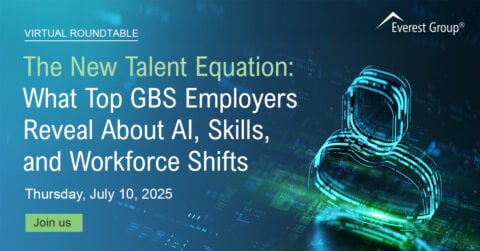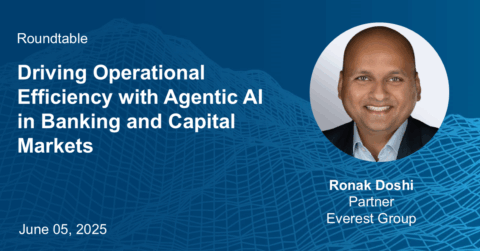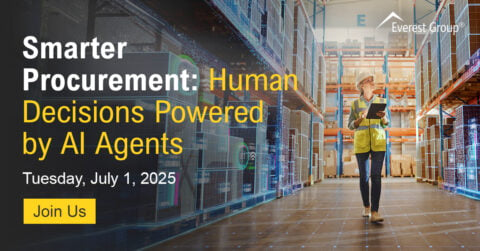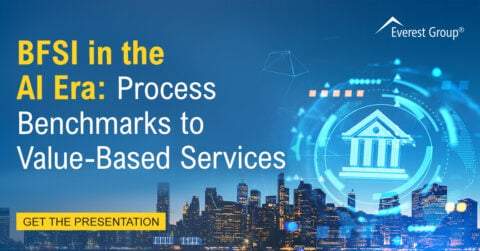Reimagine growth at Elevate – Dallas 2025. See the Agenda.
Filter
Displaying 1-10 of 146
Commercial Excellence in Life Sciences: Why Enterprises are Choosing Specialist Providers | Webinar
July 29, 2025
7:00 a.m. PDT | 9:00 a.m. CDT | 10:00 a.m. EDT | 3:00 p.m. BST | 7:30 p.m. IST
Webinar
1 hour
July 10, 2025
9:30 am – 11:00 am EST | 7:00 pm – 8:30 pm IST
Virtual Roundtable
1 hour 30 minutes
Driving Operational Efficiency with Agentic AI in Banking and Capital Markets | Roundtable
Thursday, June 5
4:00 pm | EST
New York, US
Smarter Procurement: Human Decisions Powered by AI Agents | Webinar
July 1, 2025
10 a.m. CDT | 11 a.m. EDT | 4 p.m. BST | 8:30 p.m. IST
Webinar
1 hour
BFSI’s New Value Frontier: Systems of Execution for Tech and Tech Services | Webinar
On-Demand Webinar
1 hour
Reshaping the Software Industry: The Rise of Systems of Action | Webinar
On-Demand Webinar
1 hour












